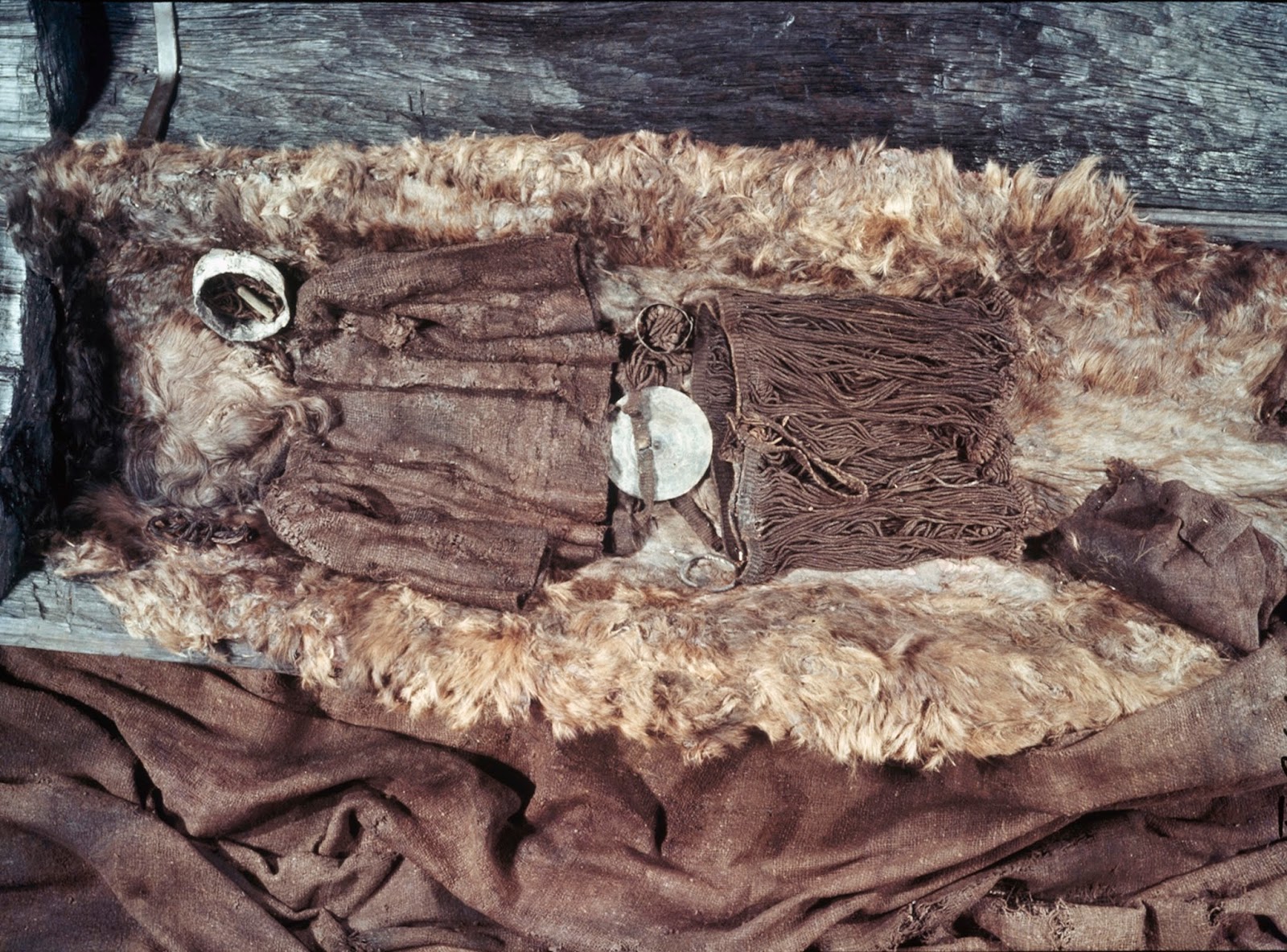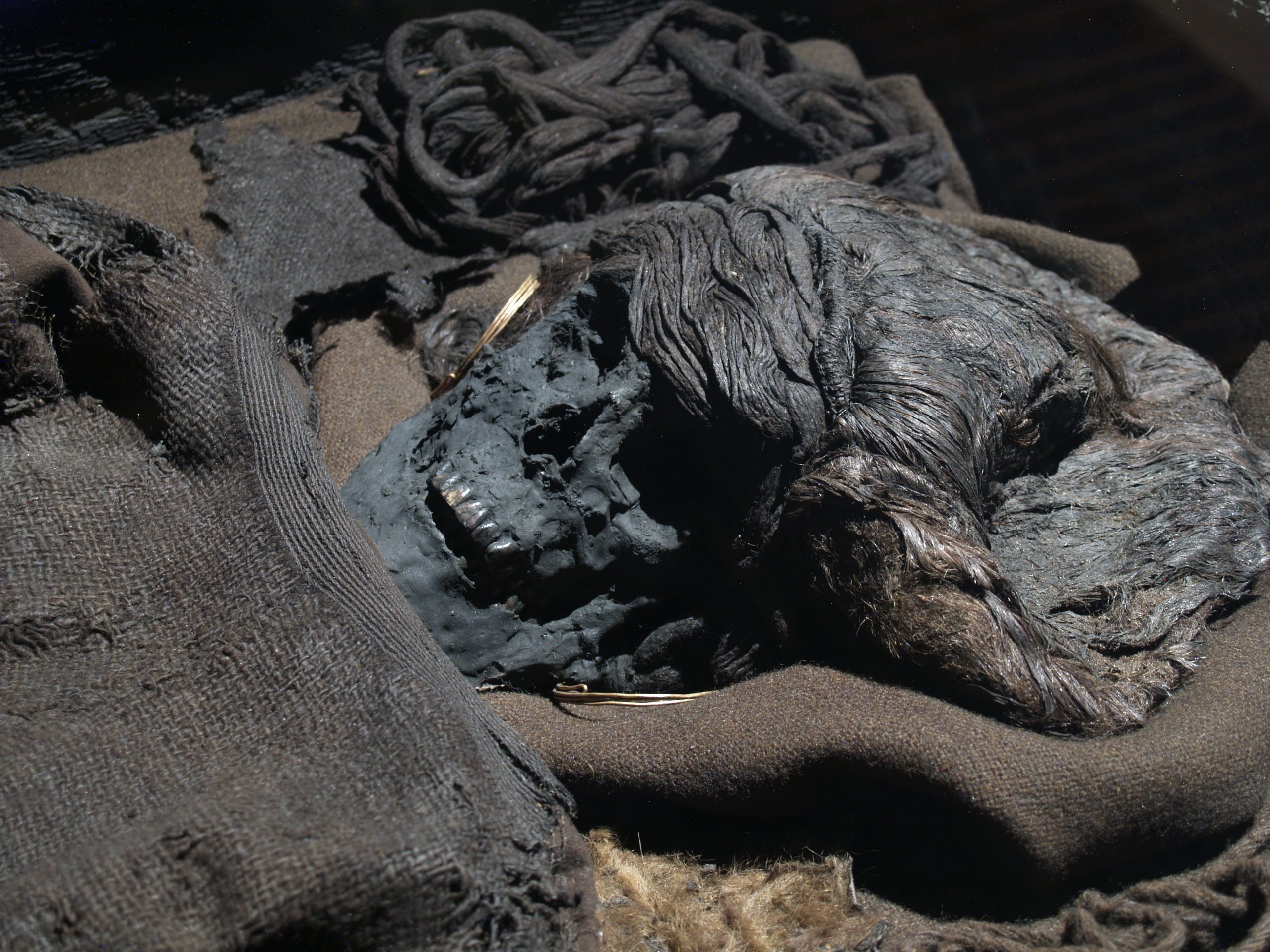Unveiling the Bronze Age: The Skrydstrup Woman’s Enduring Legacy
The discovery of the Skrydstrup Woman, who died at the tender age of just 18 years old around 1300 BCE, represents a truly remarkable archaeological find. Unearthed in 1935 from a burial mound in Southern Jutland, Denmark, her exquisitely preserved remains and grave goods offer an unparalleled glimpse into the lives of people during the Nordic Bronze Age. Her burial site was meticulously constructed, providing conditions that allowed organic materials to survive for over three millennia, making her one of the best-preserved Bronze Age individuals ever found.

What makes the Skrydstrup Woman so fascinating is not only her age at death but also the wealth of information her burial provides. She was interred with a rich array of artifacts, including a fine woolen dress, an elaborate hairnet, and bronze rings, all indicating a person of high status within her community. Scientific analysis of her remains has revealed details about her diet, health, and even her likely geographical origins, suggesting she may have travelled, or had connections, to distant lands. These details paint a vivid picture of a complex and interconnected Bronze Age society.

The Skrydstrup Woman serves as a powerful testament to the sophistication of Bronze Age cultures in Northern Europe. Her pristine preservation allows researchers to study not just skeletal remains, but also textiles and personal adornments that are rarely found intact. Her story, though brief, offers invaluable insights into the social structures, material culture, and funerary practices of her time. Today, she continues to captivate archaeologists and the public alike, bridging the vast gap of millennia and allowing us to gaze upon a tangible link to a young woman from a distant past.
